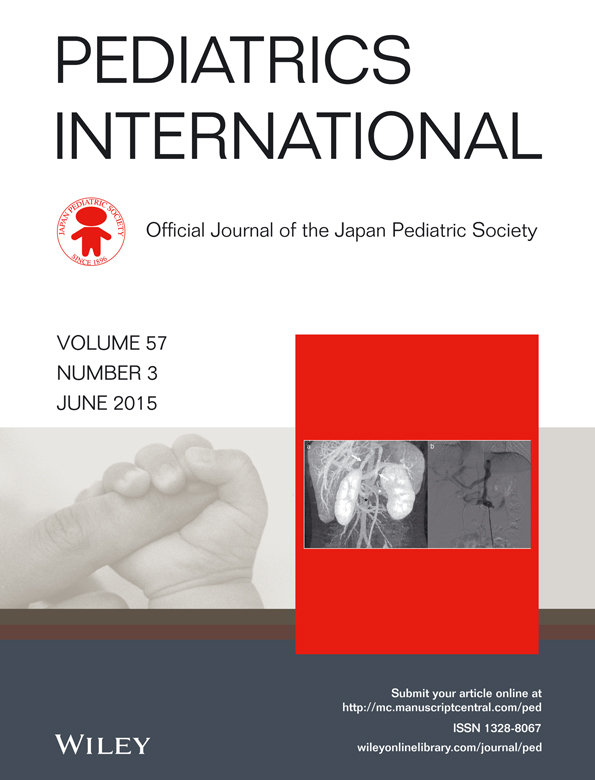Congenital dacryocystoceles controlled by nCPAP via nasal mask in a neonate
Abstract
Congenital dacryocystocele is a relatively rare type of nasolacrimal duct obstruction that may induce respiratory distress during the early neonatal period. We encountered a case of bilateral congenital dacryocystoceles with intranasal cysts in a premature infant delivered at 34 weeks of gestation. The patient developed symptoms of respiratory failure immediately after birth, but no ophthalmologic symptoms. Treatment with nasal continuous positive airway pressure via a nasal mask, instead of a nasal prong, effectively relieved the symptoms. Early diagnosis and appropriate treatment are critical for infants with nasal obstruction.




